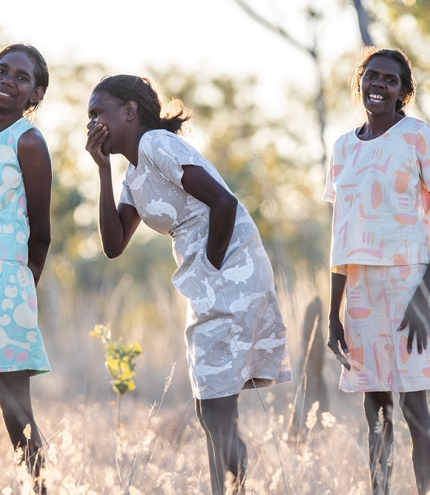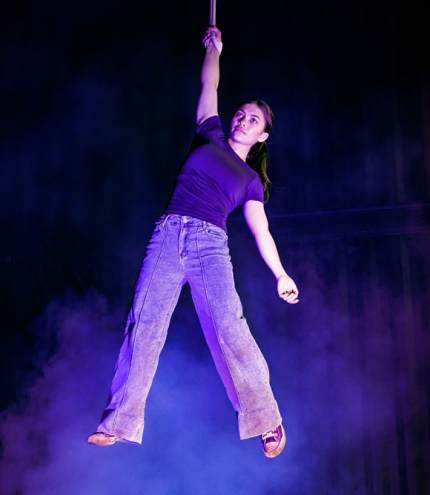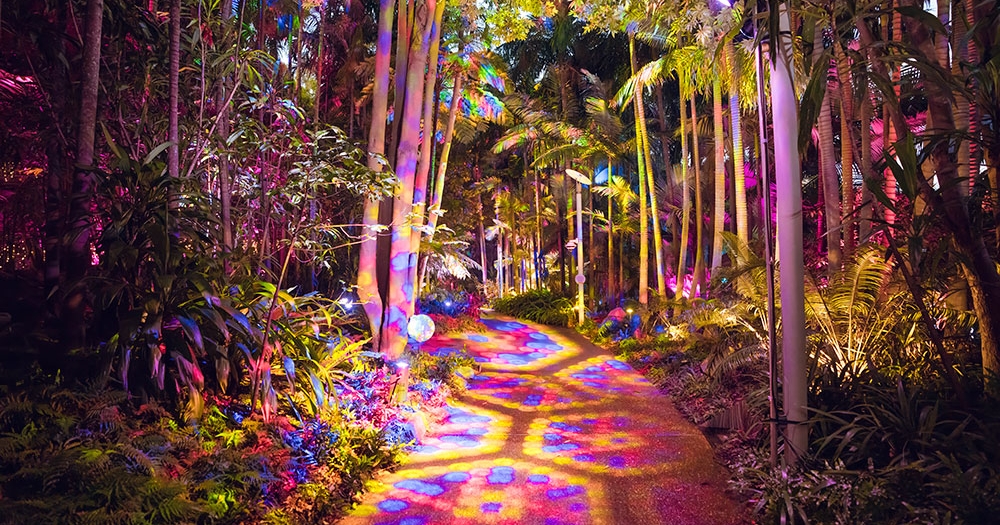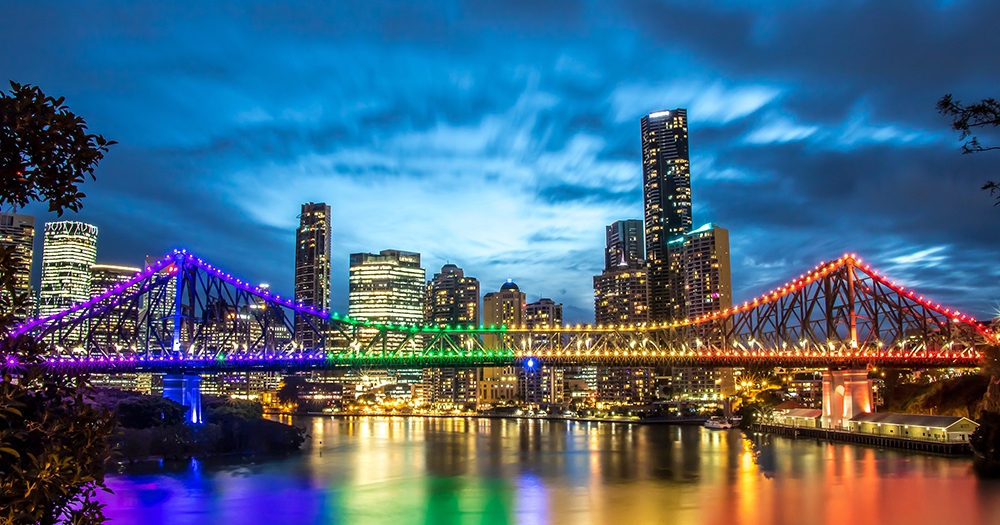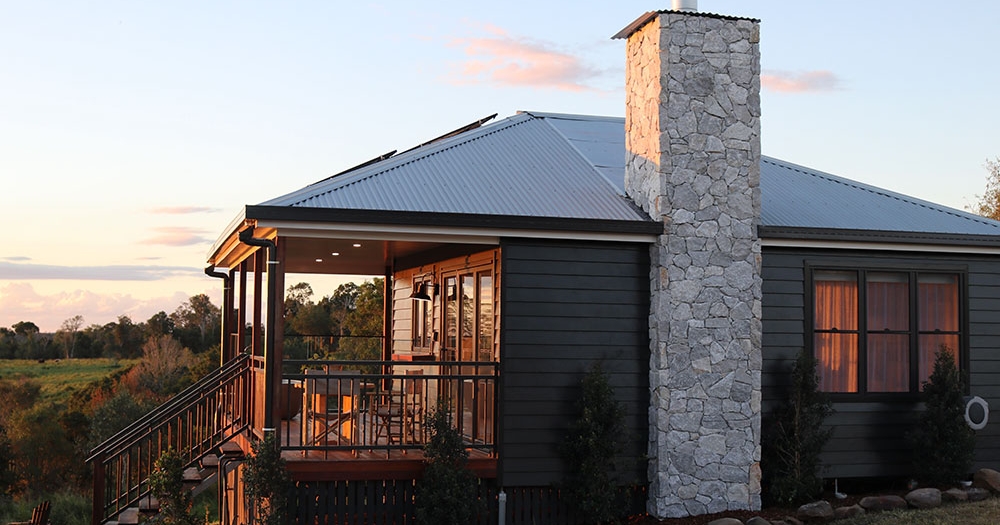Palma Rosa
Hamilton
Updated: Mar 08, 2025
Of all the ornate buildings constructed during the 1880’s boomtime, it is perhaps this landmark flamboyant house designed by Italian architect Andrea Stombuco that symbolizes what was Brisbane’s Belle Epoch.
And just as the golden era went bust at the end of the 1880s, so too did Andrea, who had briefly occupied the house (which ironically he had named ‘sans Souci’ meaning ‘without a care’) before returning to the more modest family home at New Farm. It was shortly thereafter that, in deep economic trouble just like the times, he fled to Perth and never returned, dying there penniless in 1907.
Despite the hard times, a succession of high profile tenants lived there throughout the 1890s, including a financier, a portmaster and an MLA. Then in the early 1900s Arthur Cecil, son of ex-Premier Sir Arthur Palmer, and his wife took up residence and remained throughout the 1920s and 1930s, establishing Palma Rosa as a social hub with famed race day parties overlooking the racecourse held on the rear balconies.
By the 1940s they had done what so many owners of grand residences had been forced to do in the Depression and divided the house into flats and lived on the top floor. In World War II the house was taken over by the US military who occupied it until 1945 and the Palmers never resumed their lives there, instead opting to sell it.
By 1946 it had become an elite boarding house with tenants including judges and a politician, until 1960 when it was converted to a convalescent home, like so many houses of its ilk had become. Shortly thereafter the verandahs were removed and it wasn’t until the 1970s - when the English Speaking Union bought the house - that they were replaced. The ESU stayed on for thirty something years until recent times when it was bought and, its fate coming full circle, was returned to a private residence.
Palma Rosa
9 Queens Rd
Hamilton

